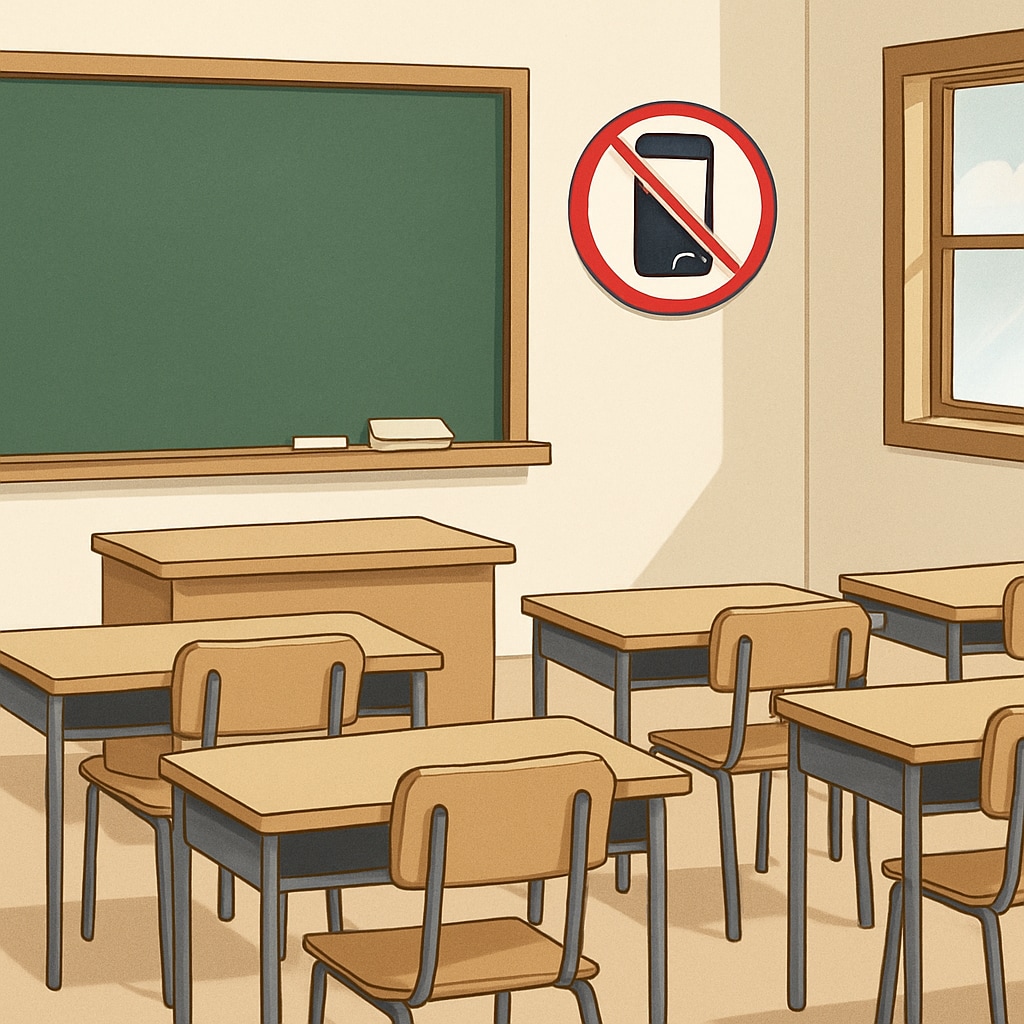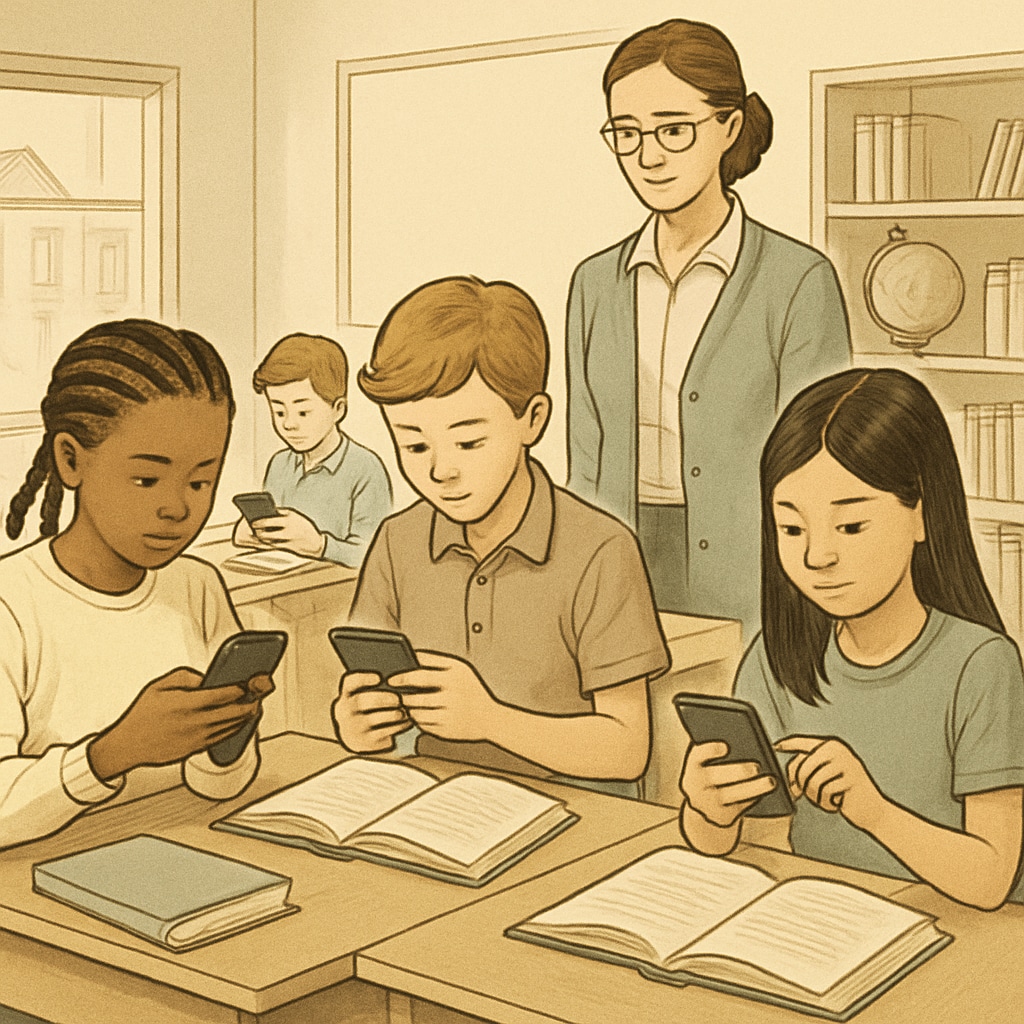As more U.S. states implement cell phone bans in public schools, the policy has sparked heated debates between students, educators, and parents. While proponents argue that such measures improve focus and reduce distractions, critics worry about the restriction of personal freedoms and the practical implications of cutting off digital access. The contrast between public and private school policies on this issue highlights deeper questions about equity, governance, and the role of technology in education. This article examines the impact of these bans, explores the differences between public and private school approaches, and considers how to balance academic needs with student autonomy.
The Impact of Cell Phone Bans in Public Schools
Public schools, as government-funded institutions, have increasingly adopted cell phone bans to create more focused and distraction-free learning environments. Proponents of these policies point to studies linking mobile devices to reduced academic performance and increased classroom disruptions. For example, a 2015 study published in the journal Computers in Human Behavior found that banning phones in schools led to improved test scores, particularly among low-performing students.
However, not all stakeholders are convinced. Critics argue that banning devices entirely may overlook the potential of digital tools as educational aids. For instance, smartphones can offer quick access to research, educational apps, and collaborative tools. Moreover, parents often express concerns about losing immediate contact with their children during emergencies, one of the key reasons some oppose outright bans.

Private Schools: A More Flexible Approach
Private schools, which operate independently of state mandates, often adopt more flexible policies regarding cell phone use. Many private institutions recognize the value of integrating technology into their curricula and encourage teachers to use mobile devices creatively for interactive learning activities. These schools tend to emphasize teaching responsible usage rather than enforcing outright bans.
This divergence from public school policies reflects the autonomy that private institutions enjoy. Without the constraints of state regulations and the need to cater to diverse student populations, private schools can tailor their policies based on their specific educational philosophies and community needs. However, this also raises questions about equity, as students in public schools may miss out on the benefits of technology-rich learning environments.
Balancing Learning Environments with Student Autonomy
Finding a middle ground between maintaining an effective learning environment and respecting student autonomy is challenging but essential. Instead of outright bans, some schools have implemented policies that restrict cell phone use during class hours but allow it during breaks or lunchtime. This approach acknowledges the importance of minimizing distractions while still giving students some degree of personal freedom.
In addition, educating students about responsible device usage can be a more sustainable solution. Programs that teach digital literacy, time management, and respectful online behavior can empower students to make better choices regarding their mobile devices. For example, incorporating lessons about smartphone addiction and its impact on mental health into the curriculum can foster awareness and self-regulation.

Conclusion: The Path Forward
The debate over cell phone bans in schools is unlikely to be resolved soon, as it touches on broader issues of governance, equity, and the evolving role of technology in education. While public schools may continue adopting stricter policies to address distractions, private schools’ flexible approaches underscore the importance of adapting to individual community needs.
Ultimately, the goal should be to strike a balance that promotes academic success, respects student rights, and prepares young people for a digitally connected world. By fostering open dialogue among educators, parents, and students, schools can develop policies that address the challenges of today’s educational landscape while reflecting the values of their communities.
Readability guidance: Short paragraphs and clear subheadings make the content accessible. Overuse of passive voice is avoided, and transitional words like “however,” “in addition,” and “for example” ensure smooth readability. Lists are used where applicable to summarize key points.


